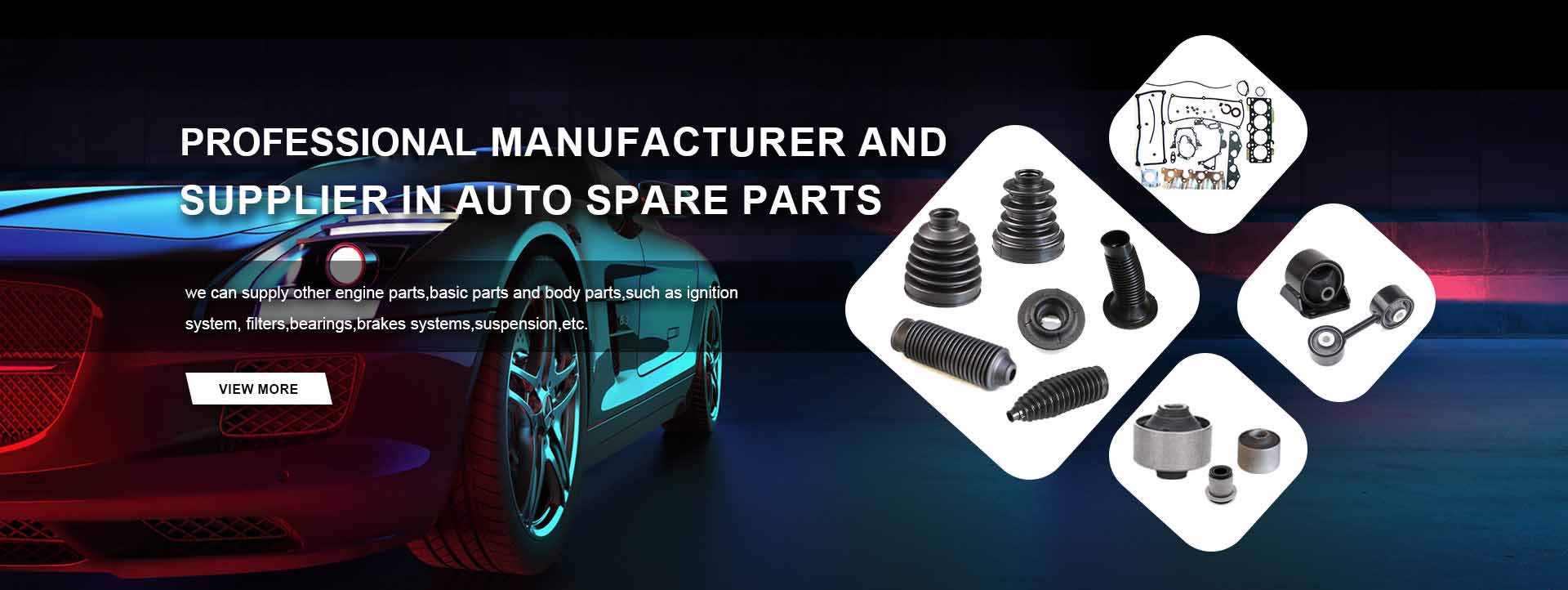10 月 . 03, 2024 01:34 Back to list
Understanding Gearbox Oil Seals and Their Importance in Vehicle Maintenance
Understanding Gearbox Oil Seals Importance and Maintenance
Gearbox oil seals play a crucial role in the overall performance and longevity of any mechanical system that utilizes a gearbox. These seals are designed to prevent the escape of lubricating oils and to protect the internal components of the gearbox from contaminants, such as dirt, dust, and moisture. In this article, we will delve into the significance of gearbox oil seals, the types available, their maintenance, and signs that indicate a seal may need replacement.
The Importance of Gearbox Oil Seals
In any machinery or vehicle that employs a gearbox, lubrication is essential for reducing friction between moving parts. Gearbox oil seals ensure that the lubricant stays within the gearbox, thereby reducing wear and tear on gear teeth and bearings. They act as barriers that not only retain the oil but also shield the internal system from external pollutants, which could lead to premature wear, inefficiencies, and ultimately, gearbox failure.
Moreover, a well-functioning gearbox oil seal contributes to the efficiency of the entire system. If oil leaks occur, it can result in a drop in lubricant levels, thereby causing increased friction, rising temperatures, and potential damage to the gearbox components. This can lead to costly repairs and prolonged downtime, making the role of oil seals vital in maintenance management.
Types of Gearbox Oil Seals
Gearbox oil seals come in various types and materials, each suited for different applications. The most common types include
1. Rotary Seals These are often used in rotating shafts, providing a seal against both oil leakage and external contaminants. They can be further categorized into lip seals and labyrinth seals. 2. Static Seals Designed for non-moving interfaces, these seals prevent leaks from areas where two components meet and do not slide against one another.
3. Metal-Cased Seals Combining the flexibility of elastomers with the strength of metal, these seals provide durability against high pressures and temperatures.
4. Composite Seals Constructed from various materials, these seals are adaptable to harsh chemicals and heat, making them suitable for specialized applications.
Selecting the appropriate seal for a specific gearbox is essential to ensure optimal performance and reliability.
Maintenance of Gearbox Oil Seals
Regular maintenance of gearbox oil seals is crucial to ensure their longevity and functionality. Here are some key maintenance tips
gearbox oil seal

1. Routine Inspections Periodically check for signs of oil leakage and wear around the seals. This can often be done visually or by feeling for any wet spots around the gearbox.
2. Lubricant Quality Use the correct type and quality of lubricant as specified by the manufacturer. Using subpar oil can degrade seals more quickly, leading to failures.
3. Monitor Operating Conditions Extreme operating conditions, such as excessive heat, vibration, or exposure to chemicals, can impact seal performance. Awareness of these conditions can aid in proactive maintenance.
4. Temperature Control Ensure that the gearbox operates within the recommended temperature range. Excessive heat can cause seals to harden and crack, leading to leaks.
Signs of Bad Gearbox Oil Seals
Recognizing the signs of failing gearbox oil seals early on can save considerable time and expense. Common symptoms include
1. Oil Leaks The most obvious sign is visible oil leakage around the seal. If you notice oil spots underneath the machinery or a decrease in oil levels, it’s time to inspect the seals.
2. Increased Noise Unusual noises during operation may indicate insufficient lubrication due to leaking oil and can be a precursor to internal damage.
3. Overheating If the gearbox is running hotter than usual, it may be due to insufficient lubrication, often resulting from a compromised seal.
4. Contamination Debris or contaminants inside the gearbox can indicate that the seal is failing to protect the internal components.
Conclusion
Gearbox oil seals are often overlooked yet are vital components in any mechanical system involving a gearbox. Understanding their function, types, maintenance needs, and signs of failure can significantly enhance the performance and lifespan of your machinery. By prioritizing the health of oil seals, operators can prevent costly repairs and ensure efficient operation for years to come. Regular inspection and timely replacement of any compromised seals will lead to a more reliable and efficient gearbox, ultimately benefiting the entire system.